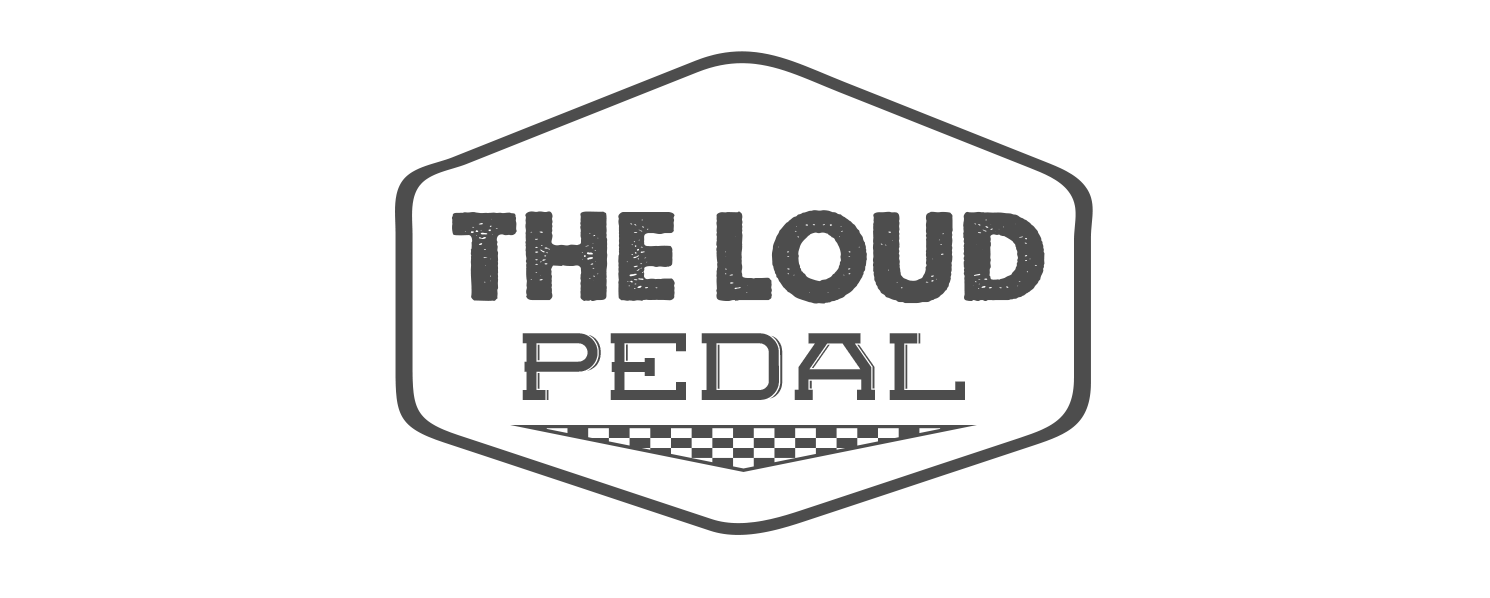1,000 MPH Supersonic Car.
Link to Original
Inside the Bloodhound SSC, the Supersonic Car That Could Hit 1,000 MPH
- By Eric Markowitz, www.vocativ.com
- View Original
- January 6th, 2014

Why? For science, of course
Right now, the fastest street-legal car in the world is the Bugatti Veyron, a $1.3 million, 4,000-pound steel machine that can reach speeds of more than 267 miles per hour.

The Bloodhound SSC—a British concept car (sponsored, in part, by Rolls Royce) that’s planning trial runs in the next few weeks—can travel nearly four times as fast. According to its creators, the car will be capable of speeds up to 1,050 miles per hour—but there are certainly no plans to let it hit the streets. Not yet, at least.

The Bloodhound’s origins date back to 2008, when Richard Noble, the famed British entrepreneur (who held the land speed record between 1983 and 1997) decided it was time to break the current land speed record, which right now stands at 763 miles per hour. Funded in part by the British government, a team of engineers—based out of the former Maritime Heritage Centre in Bristol, England—have been exploring new technologies that would propel the Bloodhound into supersonic speeds.

The major difference between the Bloodhound and its superfast predecessors is this: It’s literally powered by a combination of rockets and jet engines. Half the thrust of Bloodhound is generated by the Eurojet EJ200, a military turbofan built for the engine bay of a Eurofighter Typhoon—a souped-up fighter pilot. The other half of the thrust is provided by a Nammo hybrid rocket.

“The car is a mix of car and aircraft technology,” notes its creators, “with the front half being a carbon fibre monocoque like a racing car and the back half being a metallic framework and panels like an aircraft.”
To be clear, the Bloodhound isn’t intended for street use or commercial sale—it’s more of an experiment in the name of science and technology. According to Noble, the Bloodhound has maintained several objectives from the beginning of the project, including a national surge in the popularity of science and technology subjects, inspiring future engineers and—not surprisingly—generating media exposure for sponsors.
